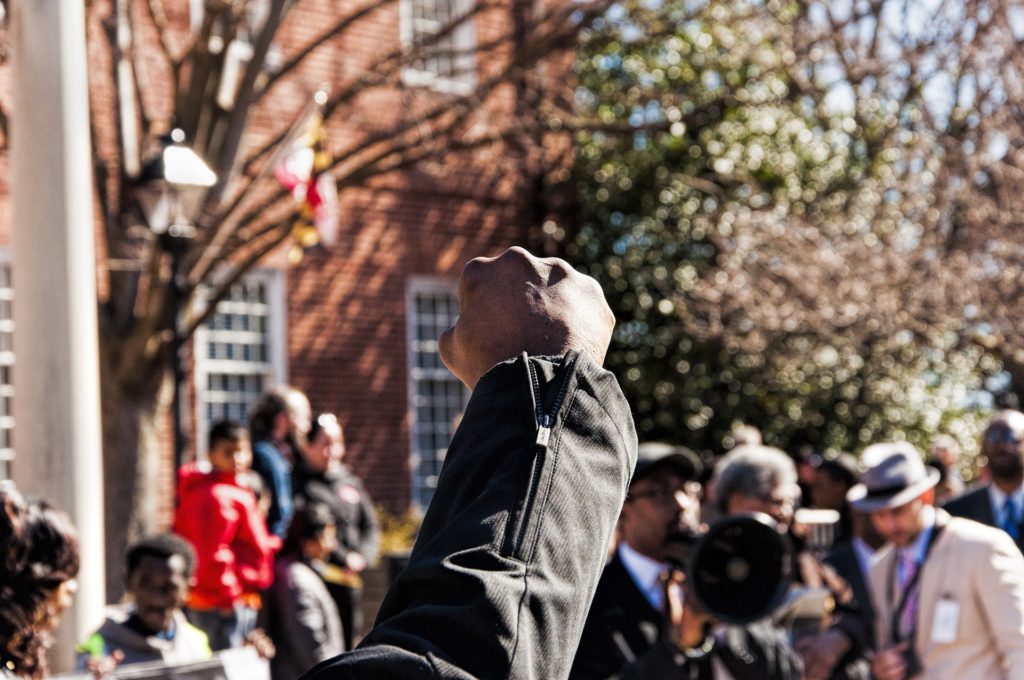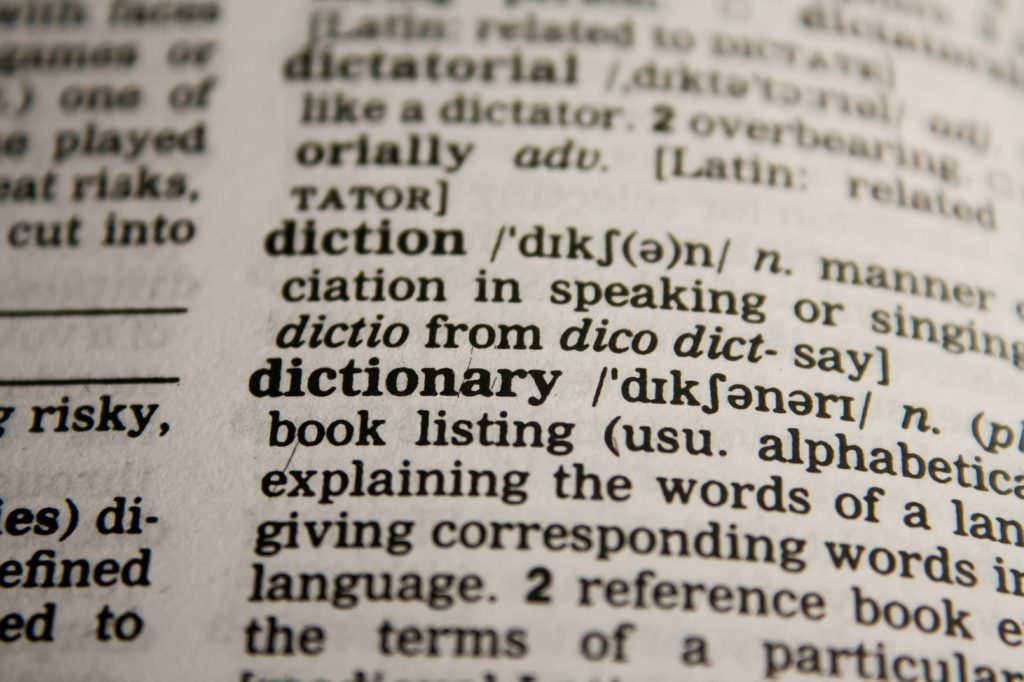The Legal Status Of Polyamory (And How To Make It Better)

You have a right to be poly. The official word of the courts, though, is “ugh, whatever.”
On the bright side, there’s no risk of getting prosecuted. As long as no more than two people try to get married, what you do is your own business. It’s privacy, the same logic that struck down laws against same-sex relationships.
The drawback is that the government’s inability to interfere isn’t quite the same thing as cheering for alternative lifestyles. The only modern case on the subject was brought by the stars of the reality TV show Sister Wives, and a religious freedom claim about polygamy as practiced by a fundamentalist Mormon splinter sect isn’t very representative of modern polyamory.
Luckily, there’s a simple way to get polyamorous relationships enshrined in constitutional law.
A few laws still directly discriminate. Most obviously, some city and county zoning laws say that no more than five unrelated individuals may live together in certain places. Or three, or two. These are common enough that for most places in the United States, some city nearby probably has one.
Why does this matter? Occupancy limits aren’t very high-stakes discrimination. They’re definitely not as bad as declaring a relationship illegal. And even if a group of partners did want to live together somewhere it wouldn’t be allowed, enforcement is spotty enough that they’d have a good chance at being ignored. But it is discriminatory. And that means it’s a chance to make a judge say that polyamorous relationships are protected, even against small-scale discrimination like this.
There’s a case to make that polyamory should be explicitly protected, just like sexual orientation. But that would be asking a court to invent new law. It is far easier to use an obscure but already existing branch of the First Amendment, which protects the fundamental right to choose who you live with and what your family structure is.
Two types of association count as a fundamental right: expressive association, where you’re forming a group with a message, and intimate association. Intimate association includes marriage, child-raising, and living with relatives, but courts have said these are examples, not a full list. A group of poly partners would have a strong case that they should be included. There aren’t many associations that are more intimate than romantic ones.
“Intimate,” as it’s defined here, means a small, selective group, that exists for personal reasons. It’s the type of personal relationship that everyone has with at most a few other people and that helps define personal identity. This would unavoidably include polyamory. Even the largest polycule is small by these standards; when courts have said that a group is too large they’ve meant the Rotary Club International. And romantic relationships are always selective and personal. A stable group of long-term partners would have the strongest possible case that the First Amendment protects their relationship.
Why does this matter for people who don’t live with their partners? Or who see poly as being like monogamy but open, instead of being about multiple specific relationships? There’s no shortage of ways to be poly, and not everyone has any reason to care about random occupancy laws. But the goal isn’t just “people can live with their partners.” It’s “people can live with their partners because this is an important type of relationship that deserves protecting.”
So suppose a handful of partners, or partners and metamours, wanted to move in together. They ask the city for permission, and the city refuses. If they sue, whether they win would depend on whether their intimate association rights were violated. The court wouldn’t be able to find some other way to answer the question like in the Sister Wives case, where since it’s half about religious freedom any plausible argument in the other half gets treated like a real right. It would have to go further and actually decide whether polyamorous relationships are a protected form of intimate association.
The end result would be to make the law more inclusive. There would be a precedent that polyamorous relationships are a form of intimate association that some people prefer, and that the law cannot discriminate against poly relationships without a good reason. It would change the law from grudging acknowledgement that there are rights to affirmatively describing why this type of relationship is valuable and deserves protection. It would strike down the odd few laws that do discriminate. And it would give polyamorous relationships some better representation than a white fundamentalist polygamist.
I think this would be an improvement. Before Lawrence v. Texas said that gay relationships are legal because of privacy rights, advocates were talking about making progress through freedom of intimate association. The fact that there are still laws on the books defining what counts as a family means there is an opportunity to get legal recognition as just another type of relationship.
If this sounds like a step up, all it needs is a plaintiff. A group of partners and metamours who want to form a household together, or who already do and wouldn’t mind looking into moving. The bigger the group, the better. Not everywhere has these laws, and the more unrelated individuals there are the more likely it is to be illegal somewhere nearby. The stakes are the first solid positive precedent about polyamory anywhere in constitutional law.
Nathaniel Maranwe is a lawyer in the Washington, DC area. If you are interested in trying to make progress this way, want to suggest another way to improve the law, or want to talk for any other reason, you can reach him at nathaniel.maranwe@gmail.com.






What is the long term game plan? How does it affect me as a polyam person in TN? How can someone that is polyam but not in a family unit help? How can someone that isn’t polyam help?